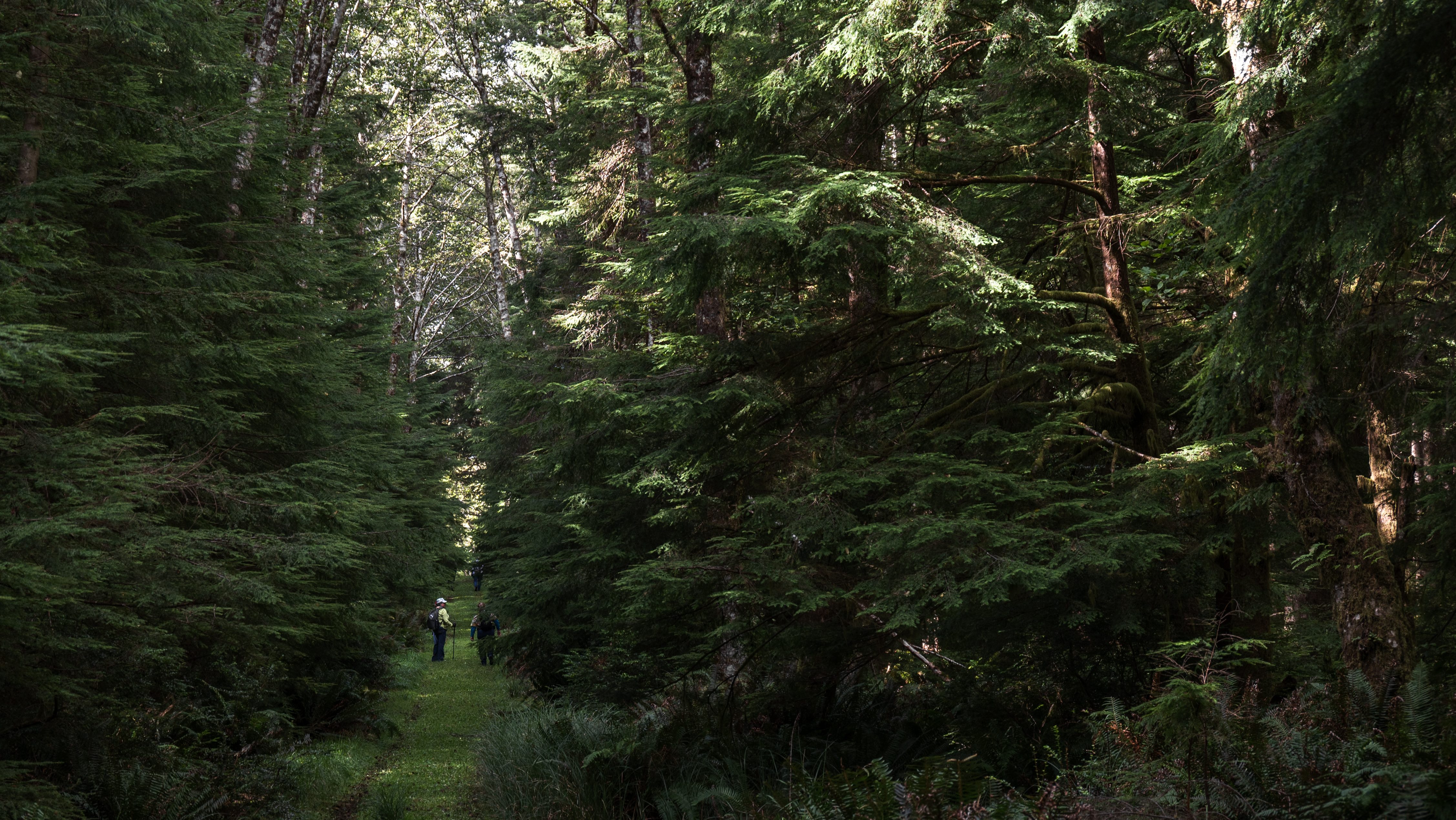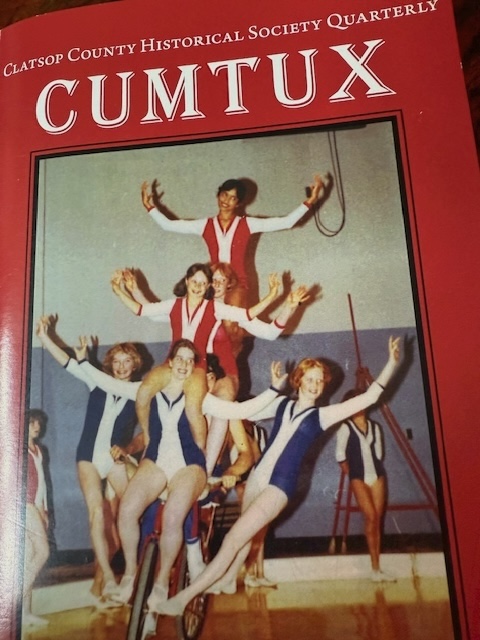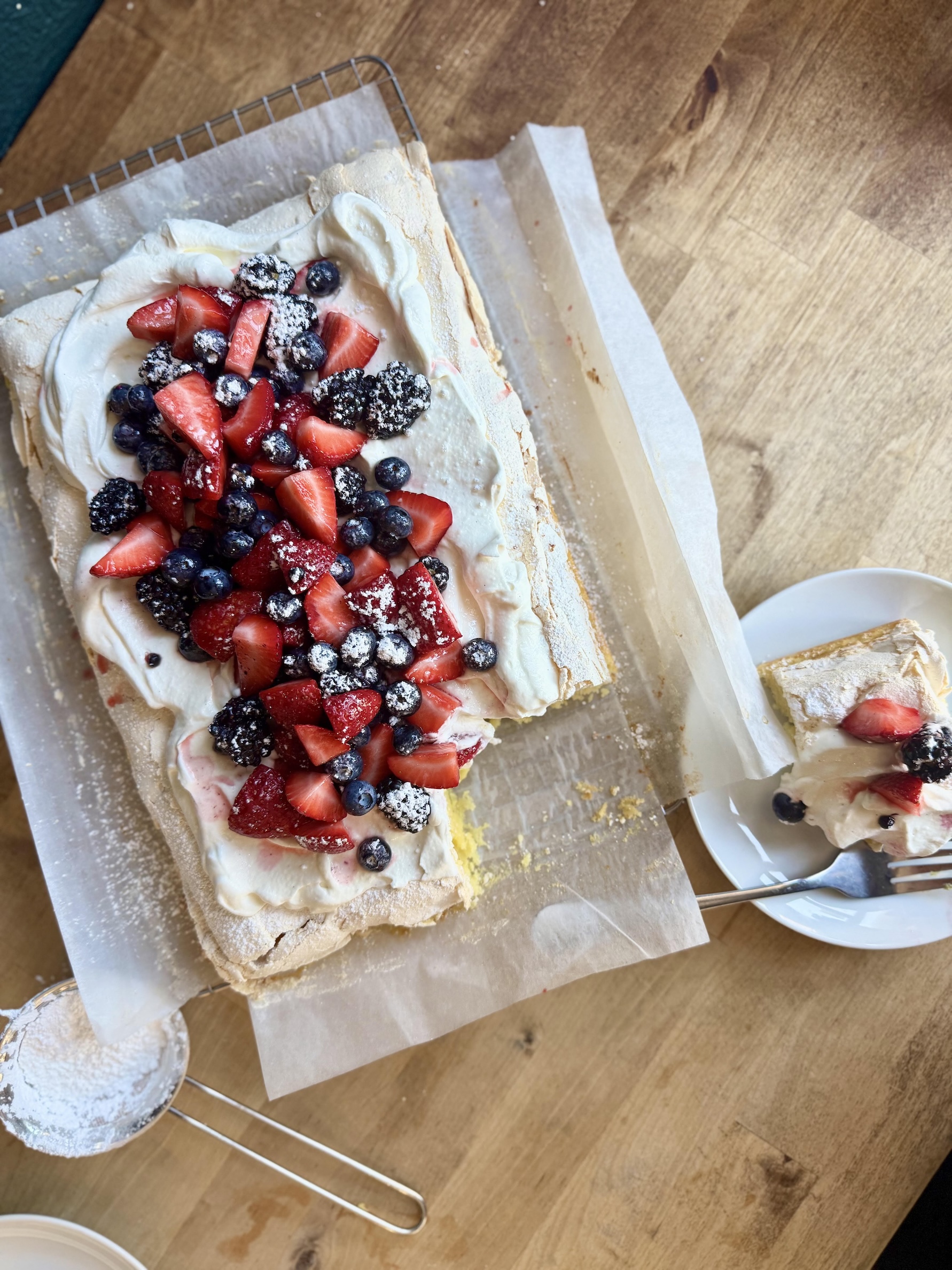Forest and sea bring people together
Published 11:00 am Monday, April 14, 2025
Tillamook Head drops more than 1,000 feet from the summit of Clark’s Mountain to the Pacific Ocean below. Slopes of hemlock and spruce give way to basalt cliffs and then to piles of driftwood. Lewis and Clark were here 200 years ago. Now, people hike in their footsteps, making memories with friends and family.
The Columbia-Pacific region, which continues from the river’s mouth for some distance inland and along the coast, is home to many natural wonders. In its old-growth forests are ferns and fungi. On the shore, shellfish and sea stars cling to rocks. In Astoria, the oldest European settlement west of the Rocky Mountains, there is history around every corner. Yet this place owes its character most to the people who live here.
This edition of Our Coast looks at relationships with the land. These are stories about naturalists, foragers, loggers, historians, crabbers, artists, writers and community builders of this region, who are preserving the past and creating a future for the people and places they care about.
Trending
Photographer Lukas Prinos begins with hikers on the Oregon Coast Trail, who start a journey over 363 miles of the state’s coastline at the Columbia River South Jetty. At sites along the first 60 miles, Prinos covers varied terrain, as well as hikers’ accommodations, water access and elevation, including the trail’s highest point.
“We Are Still Here,” a collection of photographs by Amiran White, bookends the issue with a powerful message. White began documenting the Chinook Indian Nation, whose members’ ancestors have called these lands home for thousands of years, nearly a decade ago after learning of their ongoing struggle for federal recognition. In these images, she shows ceremonial gatherings, traditional foods and partnerships for the benefit of the land.
Elsewhere, ecologist and author Robert Michael Pyle pens a survey of butterflies who make their home in the Columbia-Pacific over the course of a year.
Some stories focus on camaraderie in the field. Katie Frankowicz of KMUN writes about the community support that emerged after a fire damaged several thousand crab pots in Ilwaco. Meanwhile, Riley Yuan, a Murrow News Fellow with the Chinook Observer, offers narrative insight into modern-day logging.
Astorian reporter Olivia Palmer turns to accessibility, documenting progress toward a coast all can enjoy through projects like Seaside’s wheelchair-accessible beach mats, while also listening for where barriers and gaps remain.
Other stories are about memories. As the Liberty Theatre in Astoria marks its 100th year, people reflect on its role as a center for community life.
Trending
The bilingual booklet “Raíces Clatsop” captures stories of heritage.
For my contribution, other than the great fun of painting butterflies, I hiked the Bayocean Peninsula several times and visited with people who remember growing up there before the elements reclaimed a place once imagined as a grand resort.
I looked through photographs of their reunions, of children who roamed the beach together and continued to foster friendships even after the place they shared was gone.
As I drove there and back, I watched a century-old tree disappear from a sea stack, hit by a windstorm outside Garibaldi.
I called my mother. She remembered the tree, too. We talked until I pulled into Manzanita.
This editor’s note appears in the 2025 edition of Our Coast Magazine. Read stories from the magazine online at www.discoverourcoast.com or pick up a print copy. See the page Where to Find Our Coast for a full list of locations or stop by The Astorian, 949 Exchange St.










